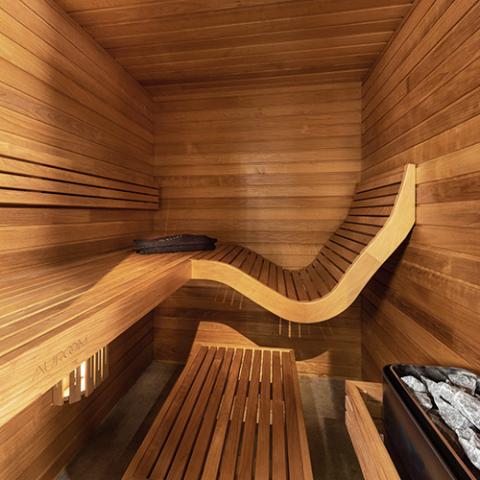See This Report on Traditional Sauna
Wiki Article
An Unbiased View of Traditional Sauna
Table of Contents6 Simple Techniques For Traditional SaunaTraditional Sauna - QuestionsAn Unbiased View of Traditional SaunaThe 9-Minute Rule for Traditional SaunaTraditional Sauna for Beginners
A lot of the weight lost in a sauna is water loss and is re-gained upon rehydrating. However, without a doubt sauna can be a fundamental part of a healthy weight management program. To look at the distinctions between traditional and IR saunas, I will certainly separate these right into verifiable, academic, and produced differences.Hence, the most popular point in the saunawhich goes to the ceiling directly over the sauna heateris normally between 185 and 190 F. Claims that a traditional sauna exceeds 200 F is merely not true and not relevant for electric saunas marketed in the US. The temperature level for a far-infrared sauna is normally set in between 120 and 140 F; however, unlike the standard sauna, the goal in and IR space is not to achieve a heat.
Because of this, the temperature distinction is practically unnecessary, considering that extreme sweating leads to both sauna kinds, however the approach of heating the body is different. In an IR sauna the bather will certainly feel warm and will certainly sweat profusely, however at a lot lower temperatures (Traditional Sauna). Hence, if the goal is to spend longer time periods in the sauna, the IR sauna is an excellent choice
When a standard sauna has actually been properly heated, the sauna wall surfaces are cozy, the air temperature level has achieved set temperature level and the rocks are extremely heated. As a fascinating side note, the warmed wall surfaces and the rocks are discharging far-infrared heat, combined with the heated air, to produce an "covering warmth".
The Of Traditional Sauna

When the heat is attained, the components cycle on and off to preserve the heat. Many traditional sauna customers enjoy putting water over the rocks to produce steam to raise sauna moisture degrees. The advantages of pouring water over the rocks include: making the area extra comfortable, moistening the nasal flows, and enabling the use of aromatherapy by blending crucial oils with the water.

When the energy goes into great post to read the body, it triggers the body temperature to boost and ultimately leads to perspiration. In an infrared sauna it's crucial for the emitters/heaters to remain on nearly constantly. Considering that there is no mass of rocks to retain warm, the sauna will certainly cool if the emitters shut down.
As mentioned above, the sauna bather in an infrared area wishes to position himself before running emitters to get optimal benefit from the warm. The home heating time for both rooms can be extremely various, relying on exactly how the spaces are used. For a typical sauna, a bather should enable 30-40 mins for the area to achieve a preferred temperature level and to properly pre-heat the rocks.
The Greatest Guide To Traditional Sauna
A well constructed sauna will generally achieve a temperature of 150-160 F in about 30-40 minutes. For hotter temperatures, the area might require to warmth for a longer duration.

Typical saunas have a tendency to be bigger (thus her explanation make use of more electrical energy) than infrared saunas, although traditional saunas are absolutely offered in one and 2 person dimensions. For a two-person traditional sauna, 5x6 or 5x7 size is most preferred. The top bench can easily seat 2 or three individuals and is additionally long enough to rest throughout the sauna session.
Getting The Traditional Sauna To Work
The typical price per kWH of power in the U.S. is approximately $0.11, so a 4.5 kW heating unit will cost roughly $.50 to run for one hour, if the heating unit runs constantly for one hour. Commonly a sauna heater will compete 75% of the first hour and 50% of subsequent hours on since the elements cycle once the established temperature level is attained.
There is a rarely talked about distinction in the social experience in between the two areas. While our culture has shed some of the social advantage of the standard sauna experience, it can be very socially fulfilling (Traditional Sauna). From household time in the sauna, to heart-felt conversations with better halves, to sauna partiesthe conventional sauna experience can lead to intimate interacting socially
Traditional Sauna Can Be Fun For Everyone
Most higher end infrared spaces consist of tinted light treatment, audio systems and full-glass fronts.Report this wiki page